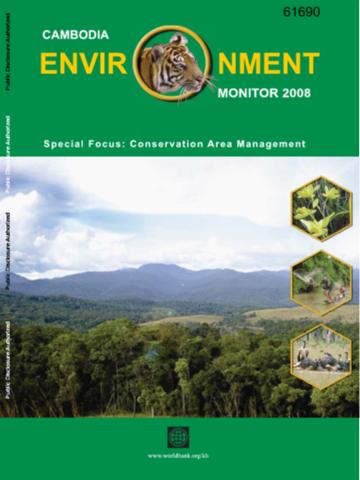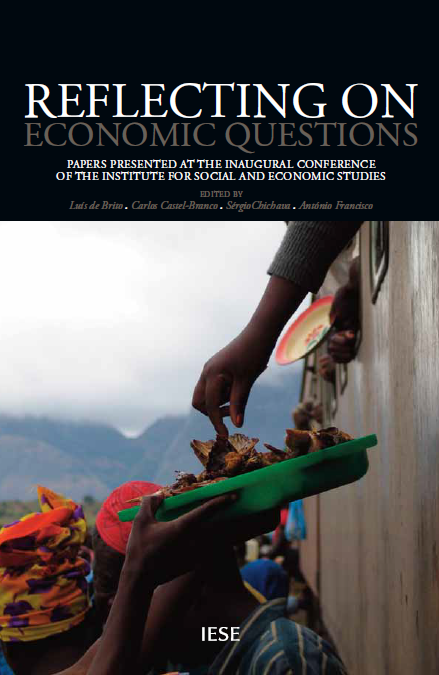The Gap Between Policy and Practice in Lao PDR
ABSTRACTED FROM THE OPENING PARAGRAPHS, AND THE BOOK BLURB: The decentralization of control over the vast forests of the world is moving at a rapid pace, with both positive and negative ramifications for people and forests themselves. Th[is] chapter examines LFA from the decentralized forest management perspective. In particular, it examines the process by which the policy was implemented and considers whether it helped build sustainable forest management at the community level. [It] first reviews the history of LFA and the major actors involved.






